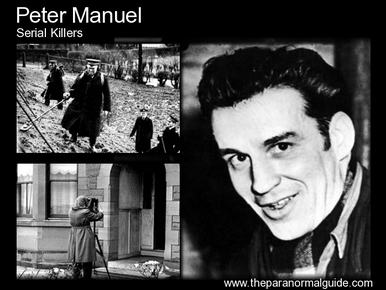
The “Beast of Birkenshaw” was executed on 11 July 1958, having been found guilty of murdering 8 people.
The Beast of Birkenshaw
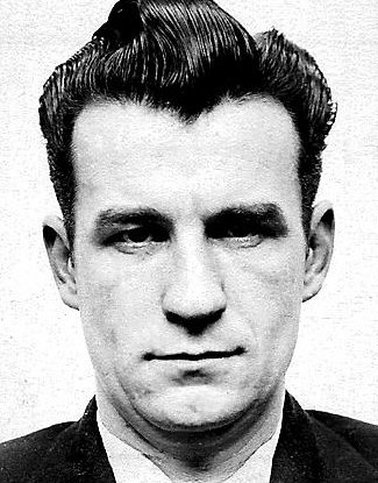 Peter Manuel.
Peter Manuel. He was bullied by school kids as a child, which caused him to leave school after school, and by the age of 12 the police knew him because of a tendency towards kleptomania.
At the age of sixteen he was arrested and charged in a number of sexual assaults. He ended up spending nine years in Peterhead Prison.
It is thought that the first time he killed was on 2 January, 1956. Seventeen year old Anne Kneilands was excited at the prospect of going dancing with a date, but it turned out her date had a New Years hangover and stood her up. Instead, she went to a friend’s place, and as she left, Peter spotted her. He started pursuing her before steering her towards a quiet golf-course, where he raped her and beat her to death with an iron bar.
Although he was a known sex offender, his father gave him an alibi, and the police couldn’t pin it on him.
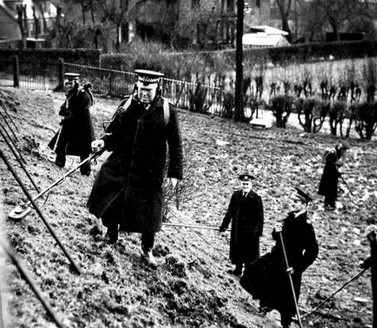 Searching the scene for evidence.
Searching the scene for evidence. He shot his next victim, a taxi driver named Sydney Dunn, while he was looking for employment. Dunn’s body was found in the moorlands of Northumberland. He was actually only linked to the murder after he had been executed, so was never formally charged. A button from his jacket was found in the taxi. Researchers have questioned if he actually committed this murder, or if, perhaps, he simply took a ride in the taxi. Either way, he is officially attributed to the murder of Sydney Dunn.
Only a few weeks later, on 28 December, 1957, 17 year old Isabelle Cooke left her home to go to a school dance. She was never to be seen alive again. Peter spotted her as she was walking to the dance. He abducted her, raped her, strangled her to death, and then buried her body in a field close by. Her body was not discovered, Peter actually led police to it after he had been arrested.
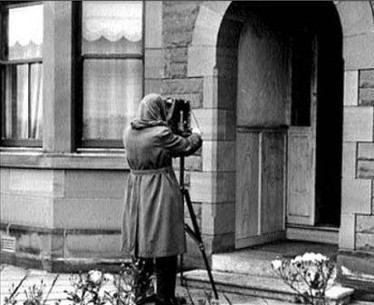 Photographing the crime scene.
Photographing the crime scene. The police around the area knew Peter. They knew his criminal history, and his profile, and many of them suspected him of carrying out these murders. They had no evidence though. It was not until Peter used the stolen banknotes to buy himself some drinks at a pub in Glasgow, that the police could link him to the Smart’s deaths. He was arrested and a sensational trial followed, during which he sacked his legal representation and defended himself. Ultimately he was unsuccessful and the jury found him guilty and sentenced him to be hanged by the neck until he was dead.
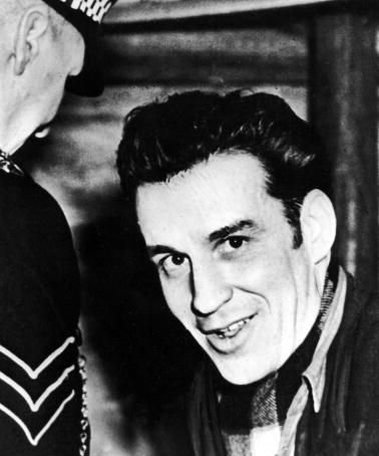 Peter Manuel in custody.
Peter Manuel in custody. “He is properly orientated and is not feebleminded. He appears to be above average intelligence and to be quite mentally alert. His ordering conversation is quite intelligent and shows no confusion of thought or speech. He declined quite politely to discuss matters leading to his arrest but otherwise he discussed himself and his everyday affairs rationally and reasonably.”
His psychiatric reported noted:
“I was surprised by the fact that the prisoner, a man facing so serious a charge, was remarkably relaxed and at ease and, at times, even jovial.”
These reports, in their entirety, lead modern psychiatrists to believe that perhaps Peter was a sociopath/psychopath. It is also possible that they police knew this, but were so pressured by the general public to find and punish the killer; they disregarded this piece of evidence as he would not have been executed had he been found of unsound mind.
Instead, on 11 July 1958 Peter Manuel became the third-last person executive in Scotland. His last words were apparently “Turn up the radio and I’ll go quietly”. Because of his reign of terror, he became known as the Beast of Birkenshaw.
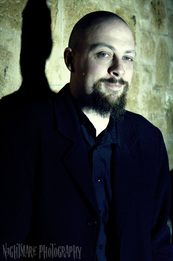
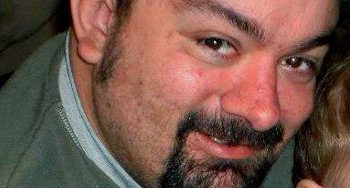


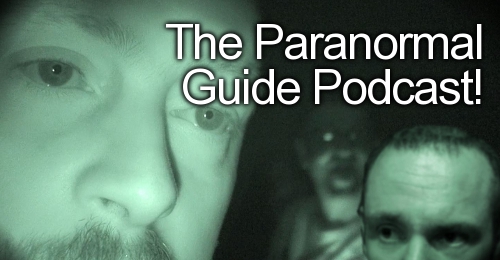
 RSS Feed
RSS Feed
